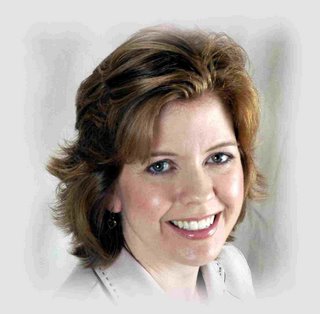Ivy, Daffodils, and Wild Onions in January (Courtesy of a 164-Year-Old Cemetery)
When I was a little girl growing up in Cottage Grove, Minnesota, we frequently drove past a cemetery set against the slope of a hill off of Highway 61. My older brother and I would always hold our breath. Now I can’t remember why, what the superstition was.
In fact, today I walked all over a cemetery without holding my breath once! Neither did my older son, who is seven-and-a-half. He and his brother have never caught on to that superstition. But back to the story ...
We were there to help tear out and bag some ivy that had gotten out of hand in a neglected historic cemetery in DeKalb County, Georgia. (For more information on this hard-working organization and the stunning progress they’ve made over the past several years, visit the Historic Sylvester Cemetery Foundation on the Web.)
I had decided to volunteer today, on Martin Luther King’s Day, because for several years the Hands On Atlanta organization has orchestrated a massive volunteering day around Atlanta for MLK Day. On the spur of the moment, I volunteered myself and my son, and the Sylvester Cemetery project caught my eye because I had blogged on cemetery preservation before. It was time to put my money where my mouth is. Or is that put my muscle where my mouth is? (I also had the ulterior motive of setting an example of community service – the non-court-ordered kind, of course – for my son.)
So, for two-and-a-half hours, I pulled ivy. (My son did some pulling interspersed with heavy snacking from the bag of food I’d brought and a bit of exploring.) The 164-year-old cemetery was in great shape; more evidence of the Sylvester Cemetery Foundation’s hard work. I was amused to find daffodils in full bloom – in mid-January! – poking up between the graves. I also dug out handfuls of wild onions from under the layers of ivy. Although I hadn’t known what to expect when I volunteered for this project, just the sight of the daffodils alone was worth the trip. I only wish I had brought my camera.
Oh … my son found two snails (slugs?) and a quarter that looked 100 years old – but after cleaning proved to be only six years old. When I saw what exposure to the elements had done to that quarter, I was amazed the cemetery stones were still standing. Actually, many of them weren’t, and the Sylvester Cemetery Foundation is working on that, too. They have pictures of some of the gravestones they’ve repaired.



1 Comments:
Hi Mary Kaye,
I couldn't find a way of contacting you directly, but I think this will work:)
I wanted to let you know about our new site and invite you to check it out:
LivingGenealogy.com is a brand new and 100% free Web 2.0 genealogy community, aiming to build the largest genealogy community in the world. It has four key features:
Ancestor Pages: Users can create a page (using the simple template) for each of their ancestors. Then they (and their relatives) can add photos, memories, journal excerpts, etc., collaboratively authoring their ancestors' biographies and creating a more complete picture of who their ancestors were. In addition to the more complete view we get when more people are involved in telling their ancestors' stories, this information is easy to share and universally available online.
Place Pages: Just like Ancestor Pages, users can create pages dedicated to geographic locales - their ancestors' hometowns, countries, regions, etc. Users who have been there or live there now contribute their photos, information, travel tips, genealogy research ideas, etc. to the page. Users who haven't had the chance to visit their ancestral hometowns can go on a sort of "virtual tour" through the information and photos others upload. Those who are planning a trip to these places can also connect with users who have been there and get tips and insights before they go.
User Groups: Anyone can create and join user groups. These can be public (like everybody with ancestors from Liverpool) or private (like secure family-specific groups where family members can collaborate on research and keep up to speed on each other's progress). User groups are a great way to connect with others and leverage each other's resources and insights to create synergies and avoid duplication of efforts.
Blogs: Every family seems to have its champion of genealogy who is out front researching their roots. These frontrunners can write a blog at LivingGenealogy.com that allows them to share their insights and the excitement of their discoveries with other family members who aren't as genealogically inclined...yet.
Connect with Relatives: LivingGenealogy.com is all about connection. Through each of the above features, relatives close and far can connect, collaborate and capture their heritage. And throughout the site, everybody's contributions are stamped with their username so that when new information and insights arise, other relatives (even those we didn't know we had) can get in touch. Family histories can also be shared with other relatives through the "Email this page" link at the bottom of every page.
--------------------------------------------------------------
Sincerely,
Kevin J Knight
Founder
LivingGenealogy.com
Post a Comment
<< Home